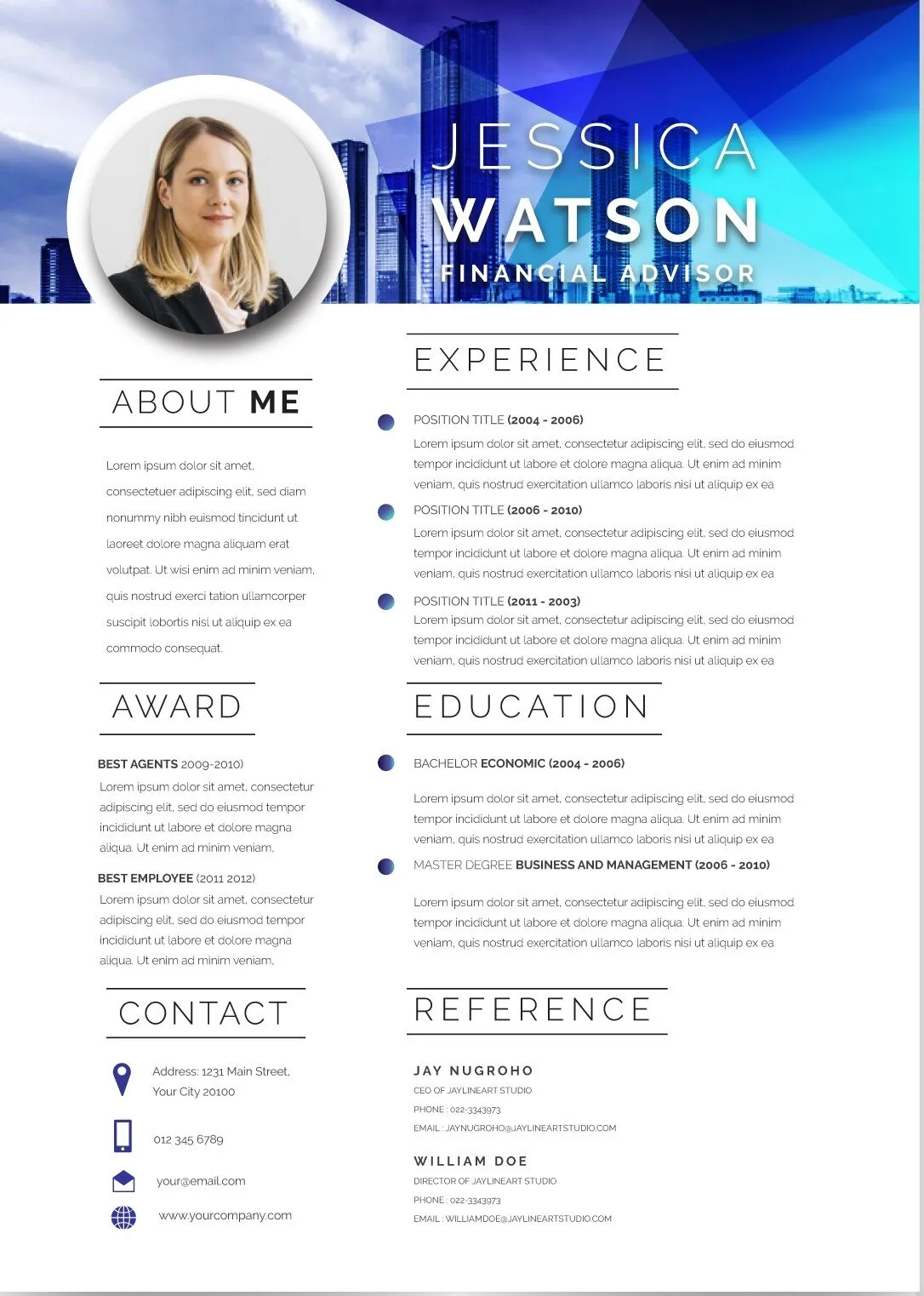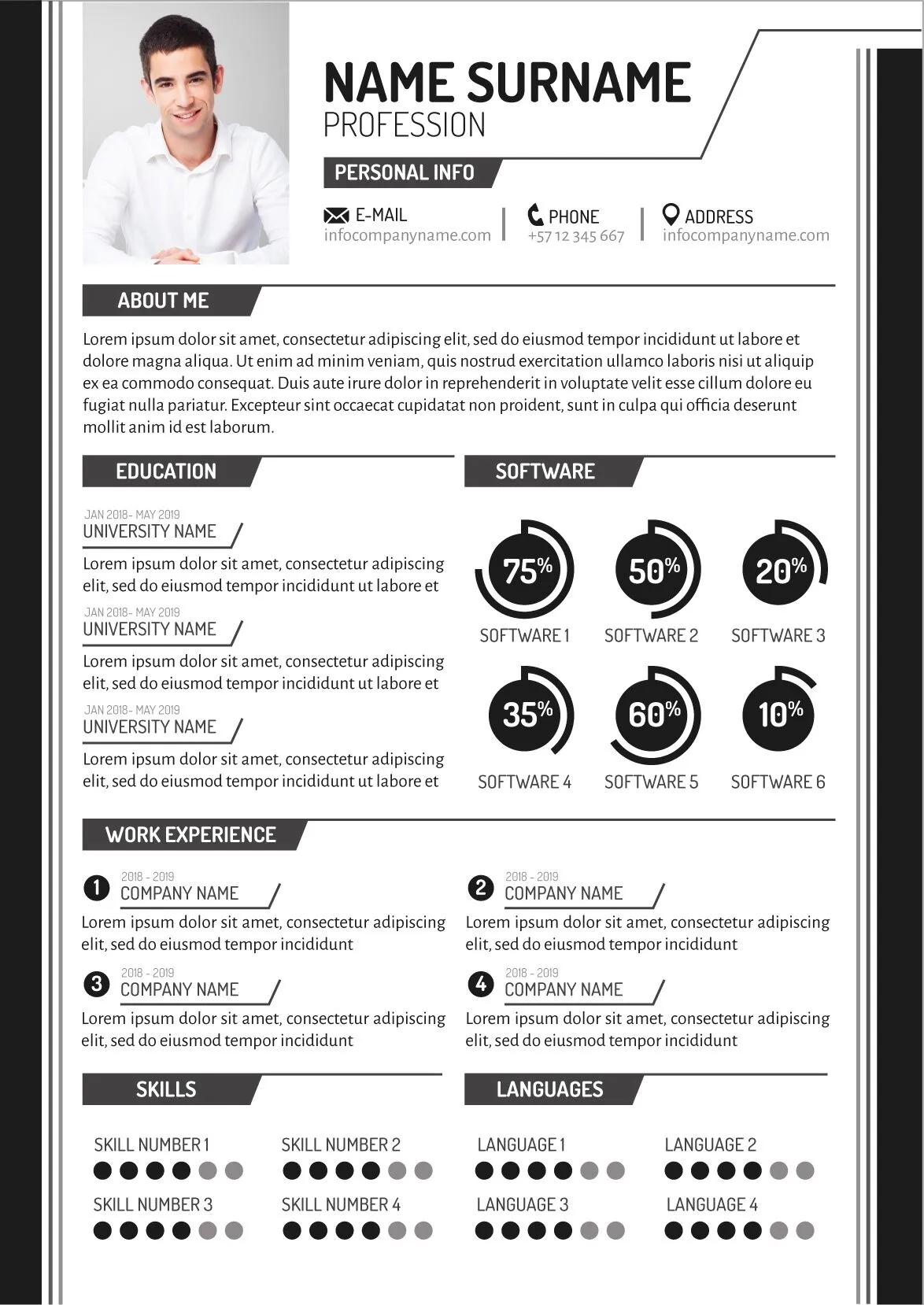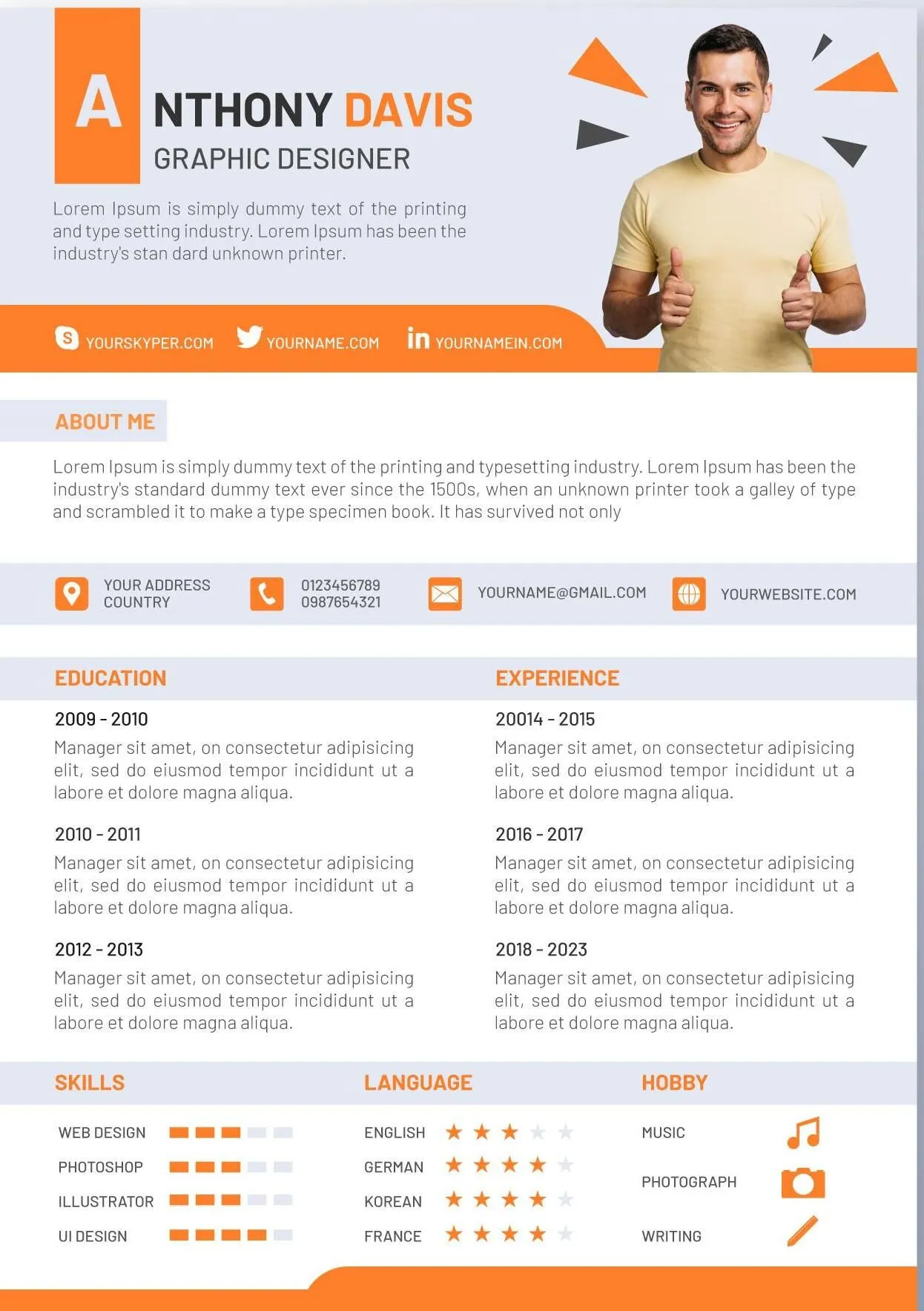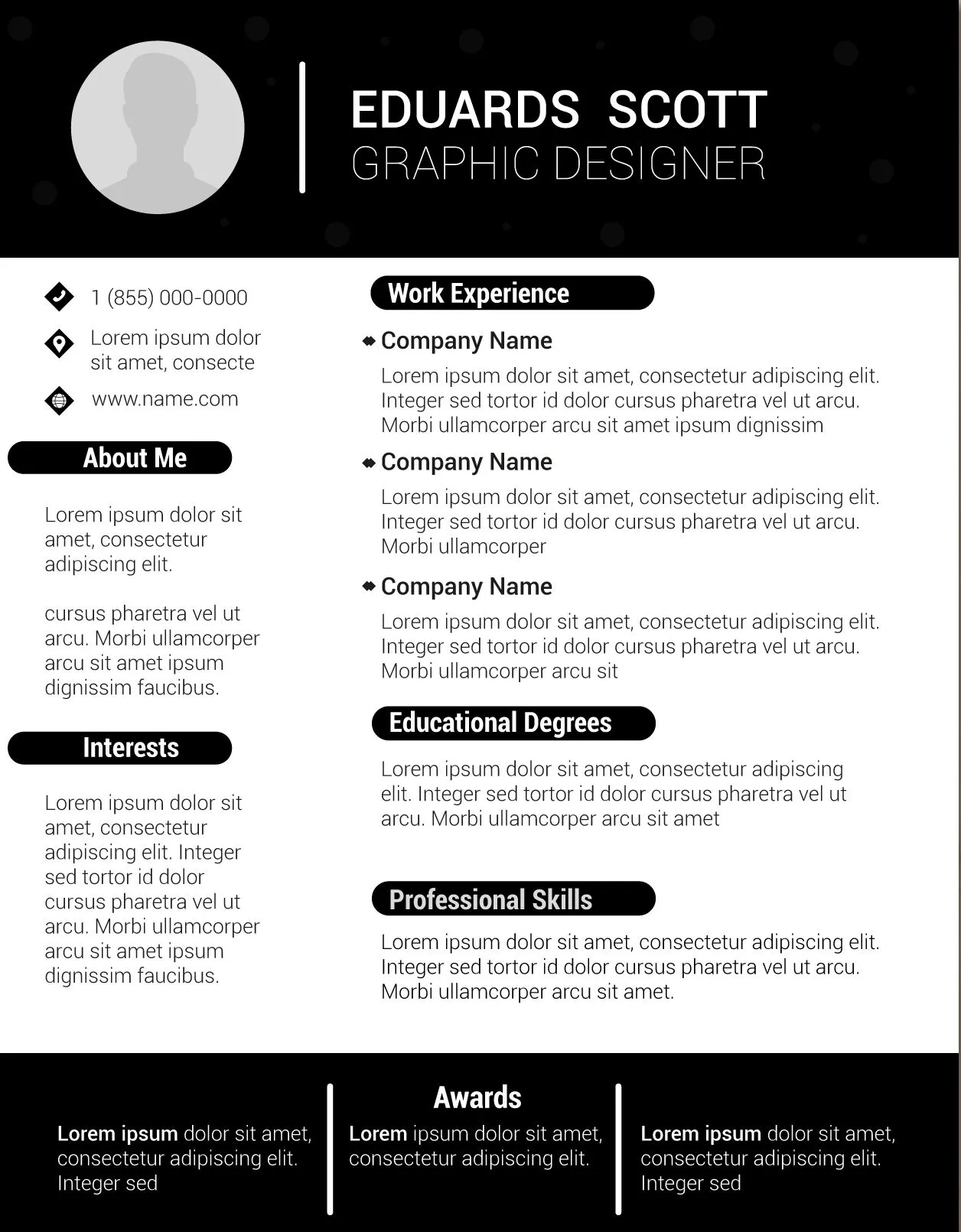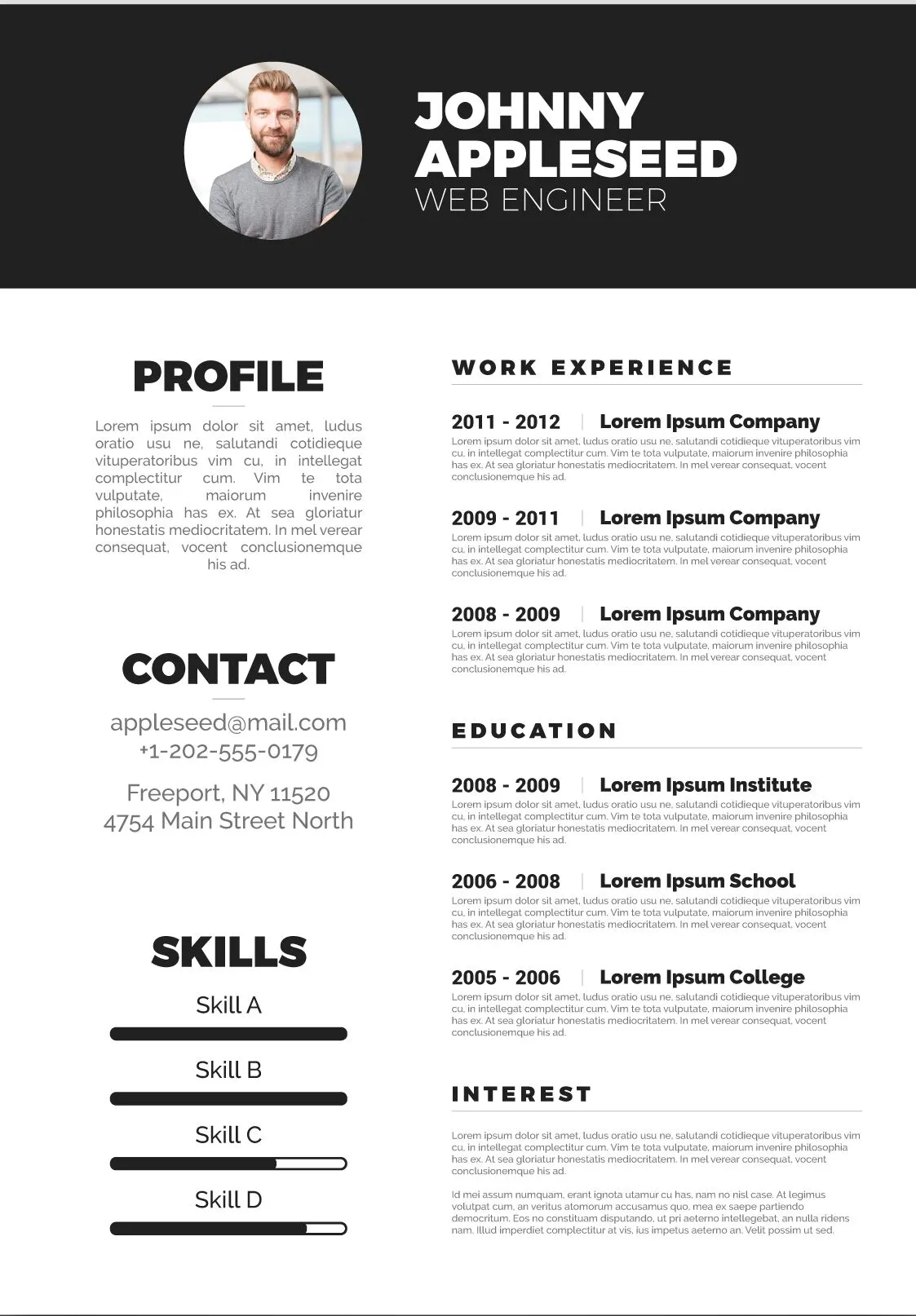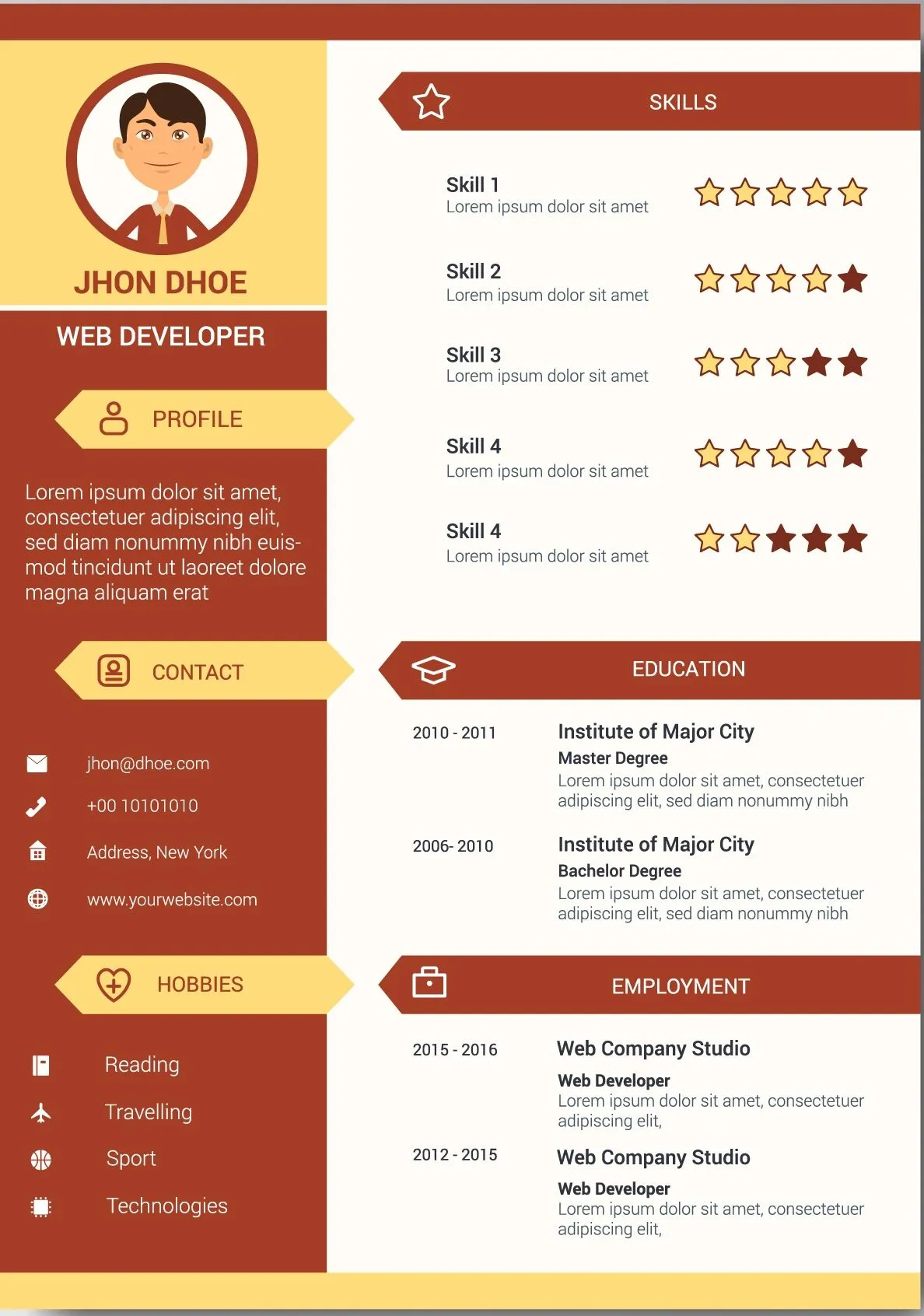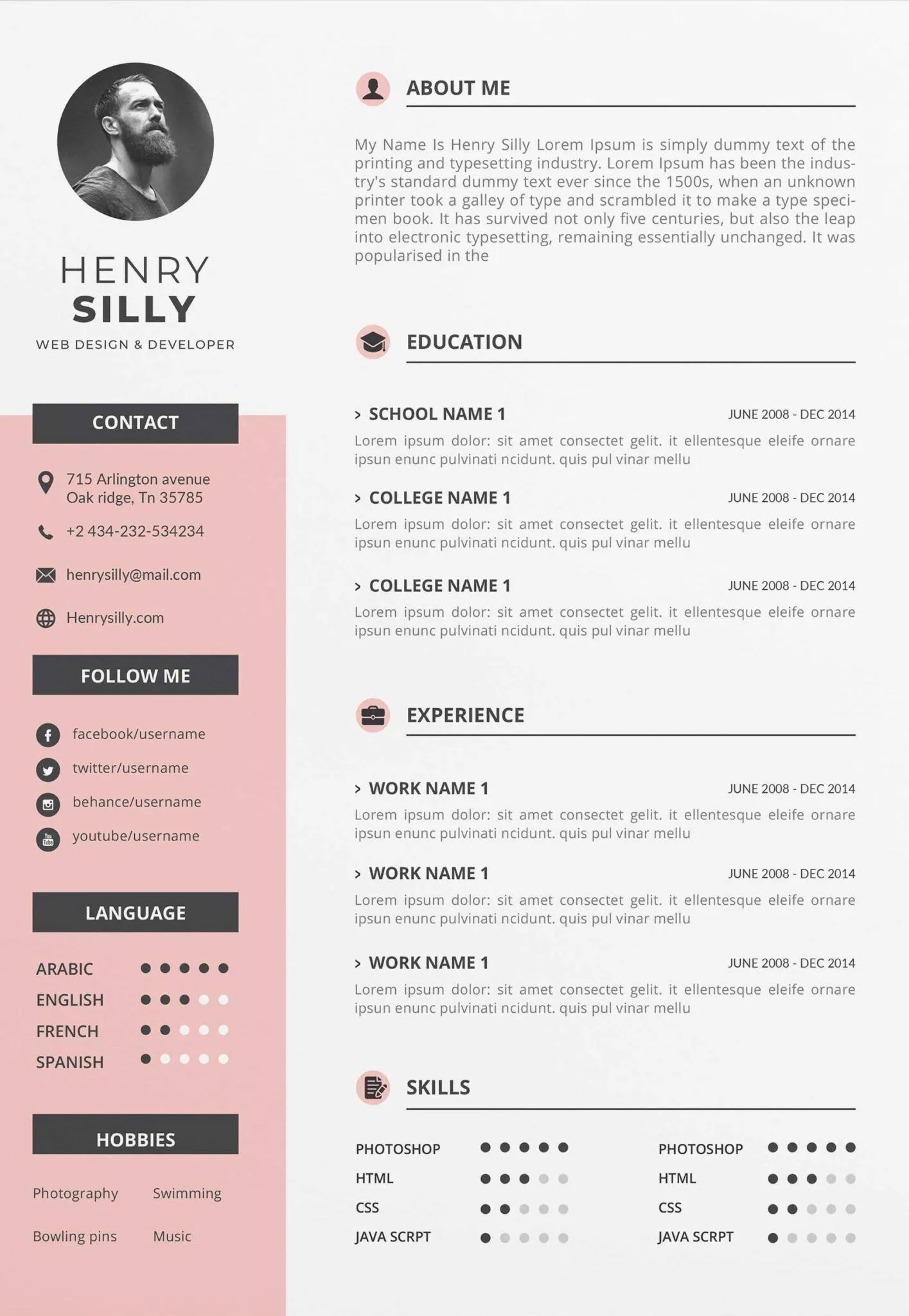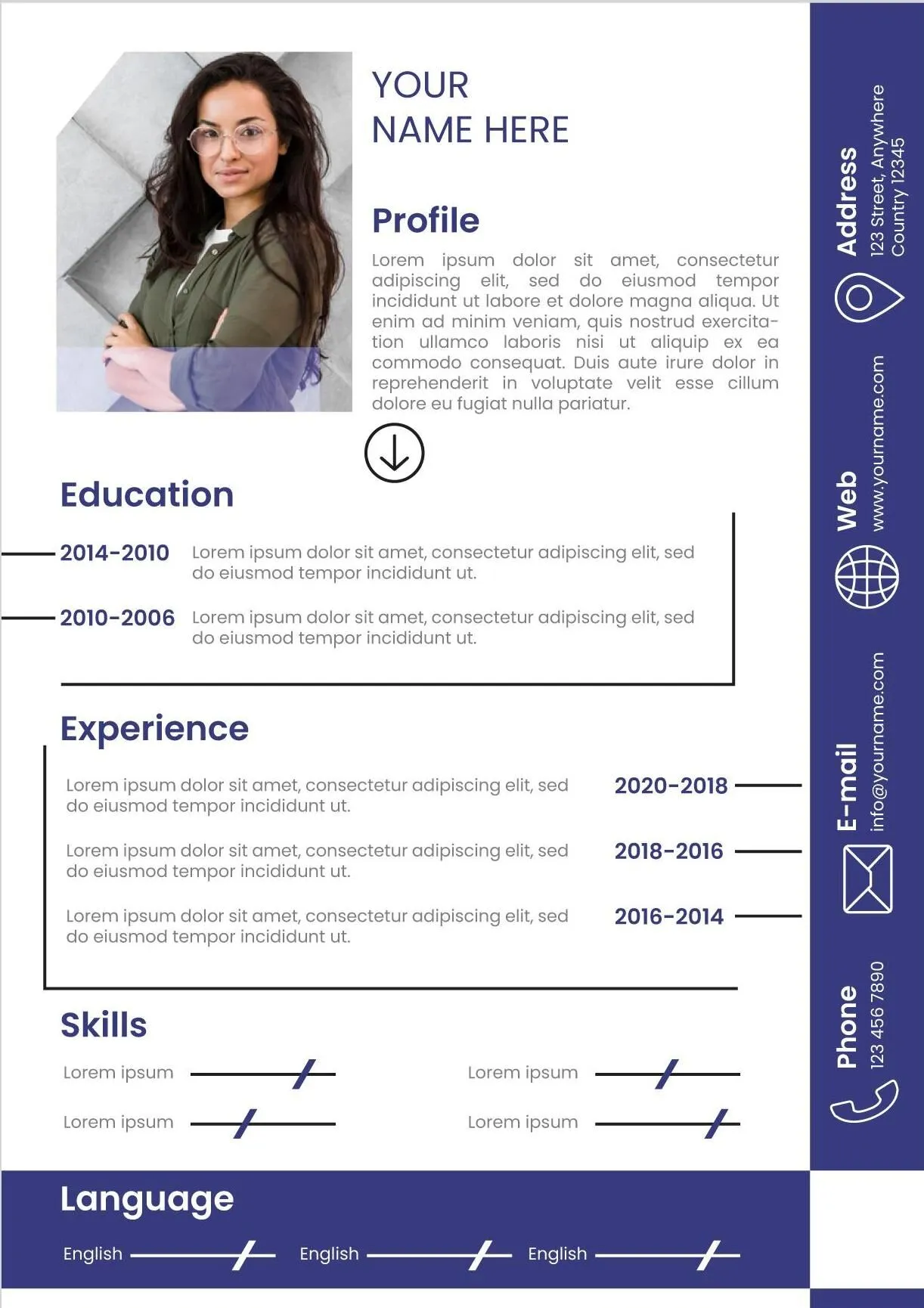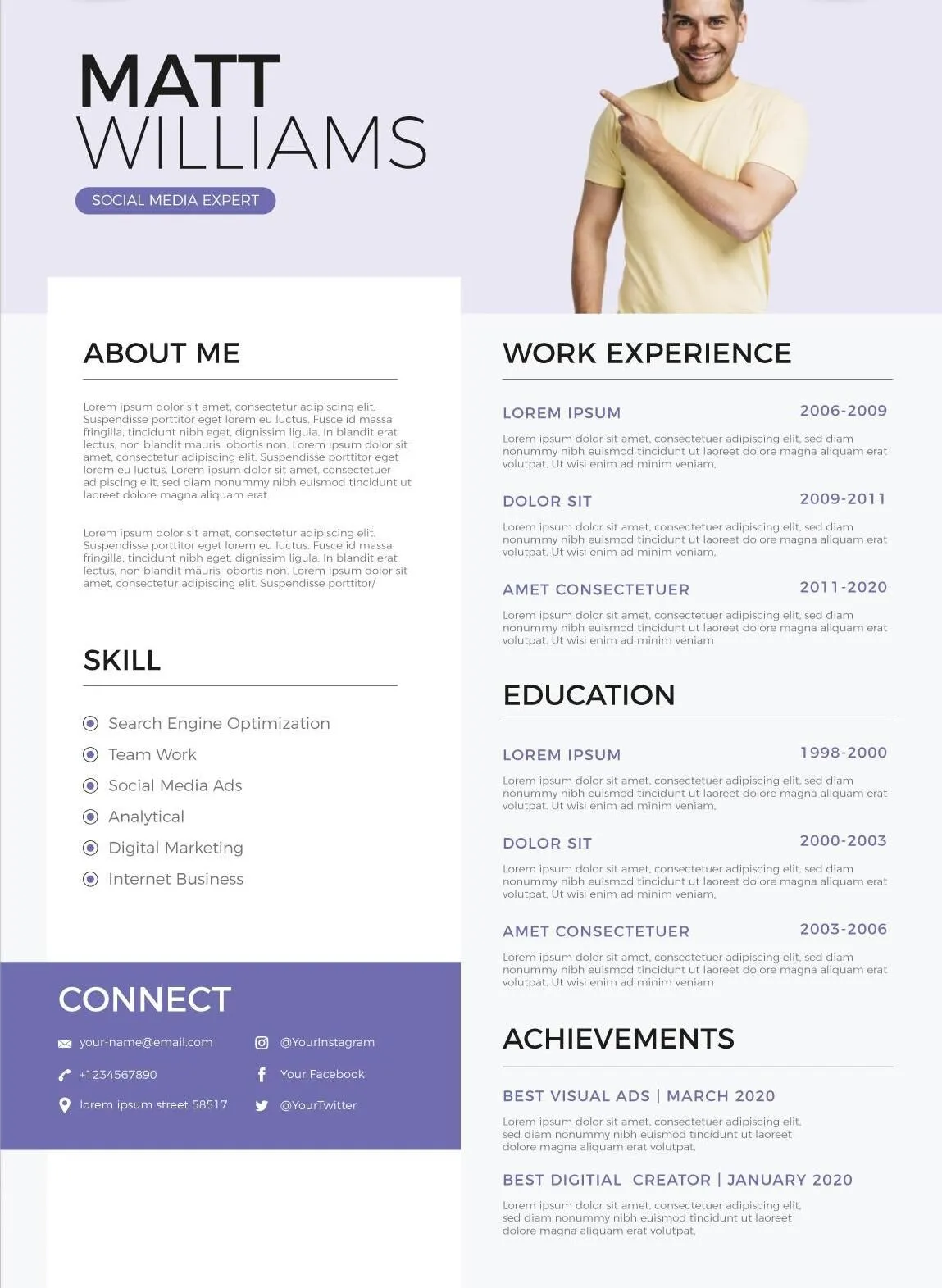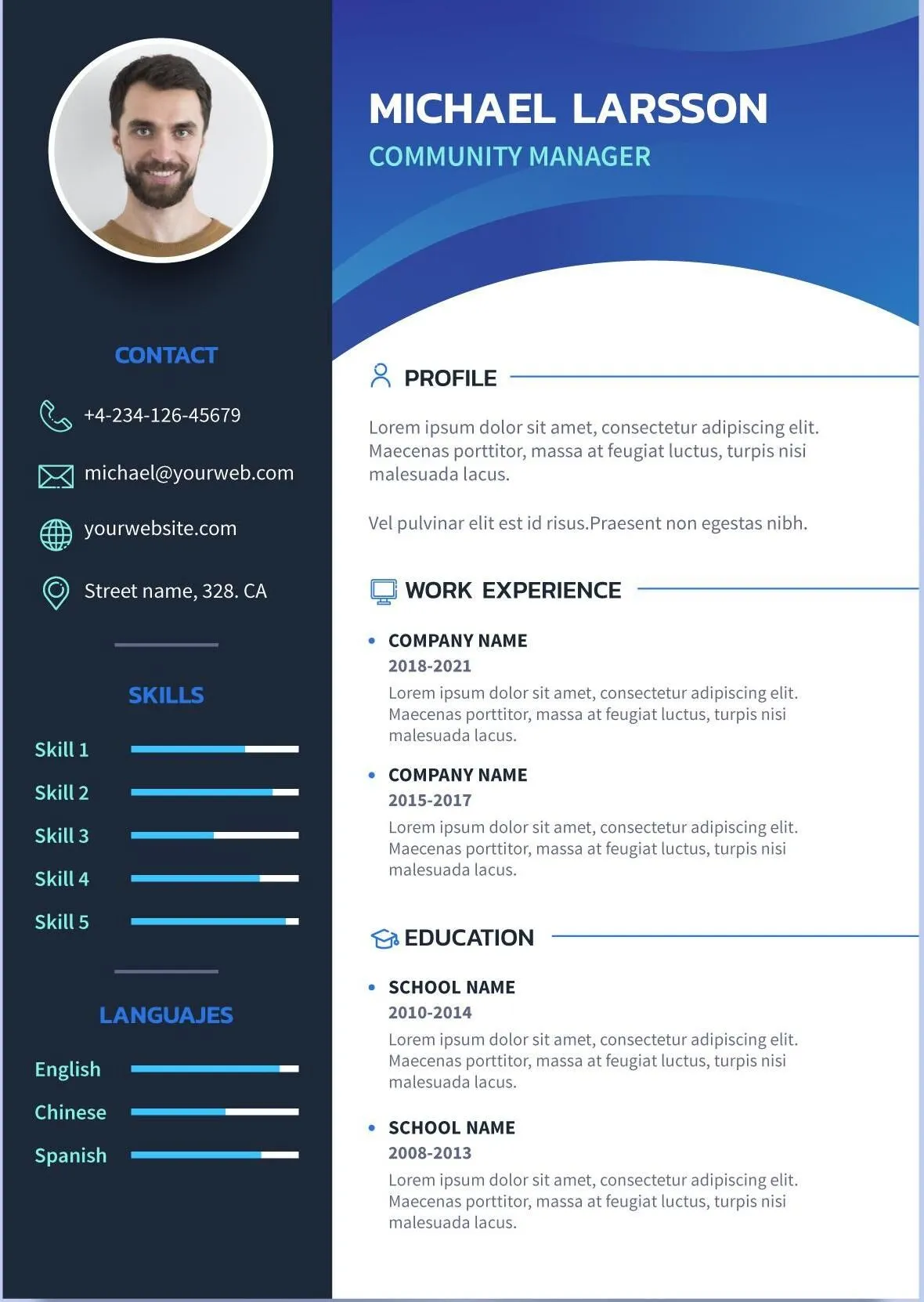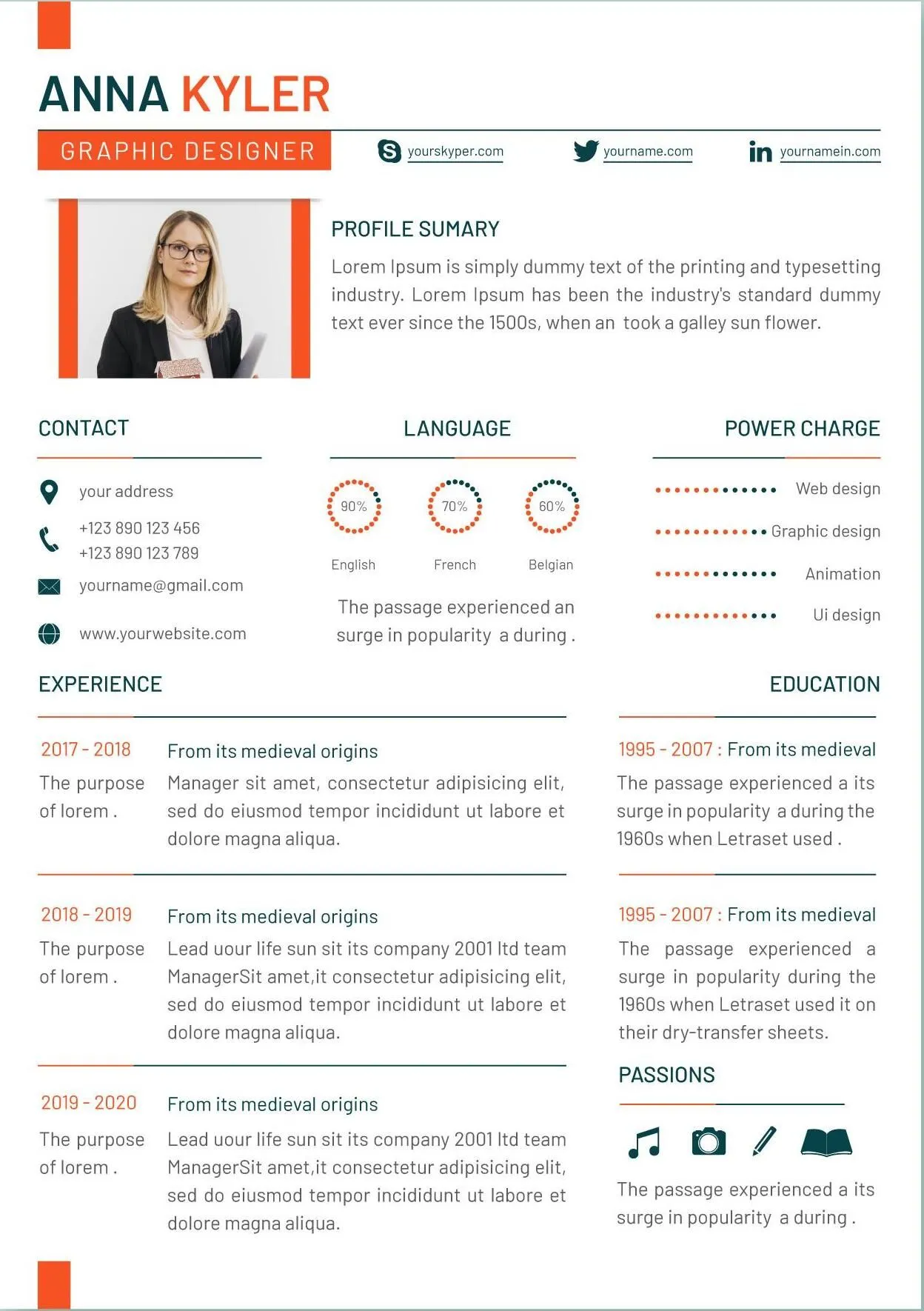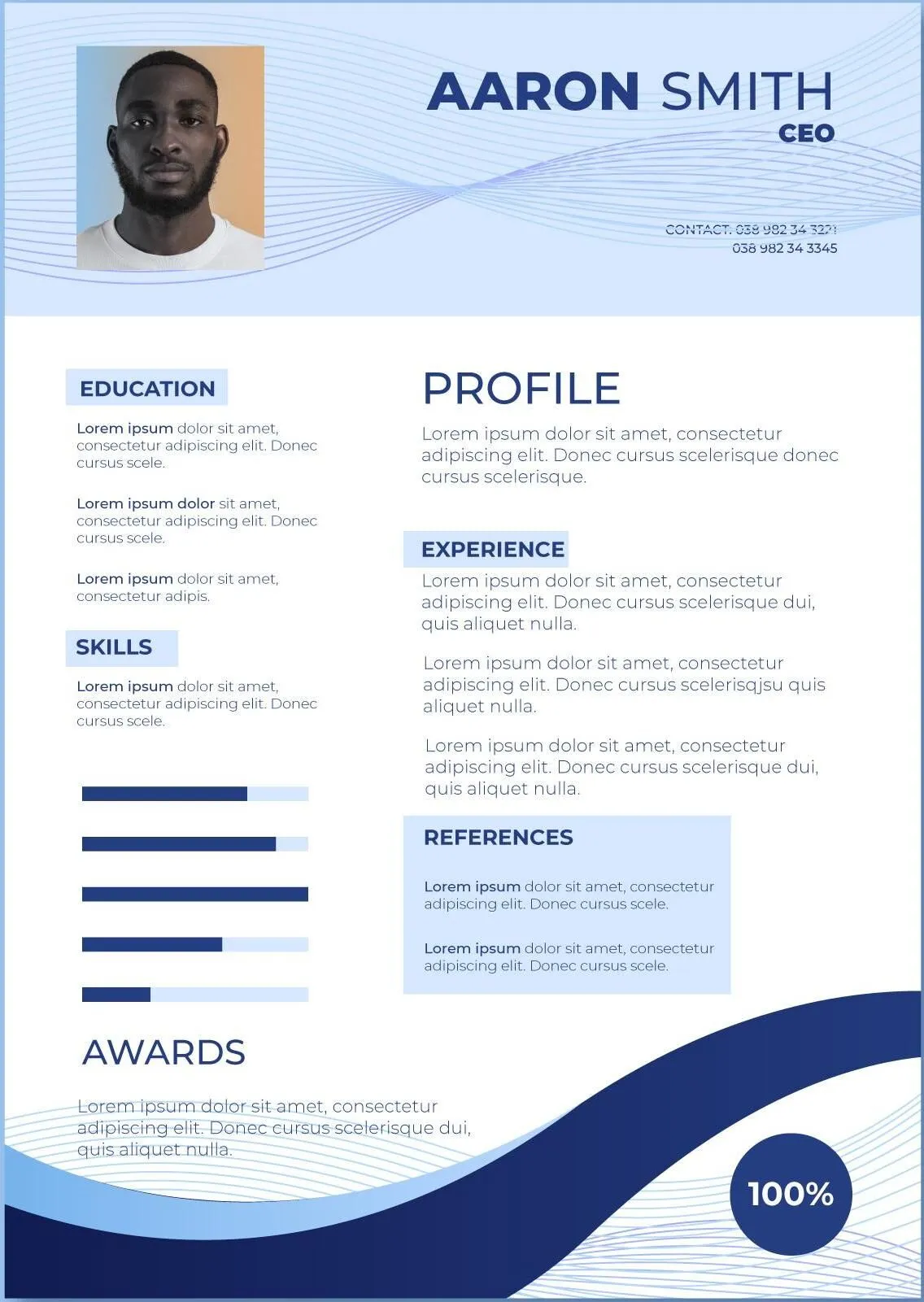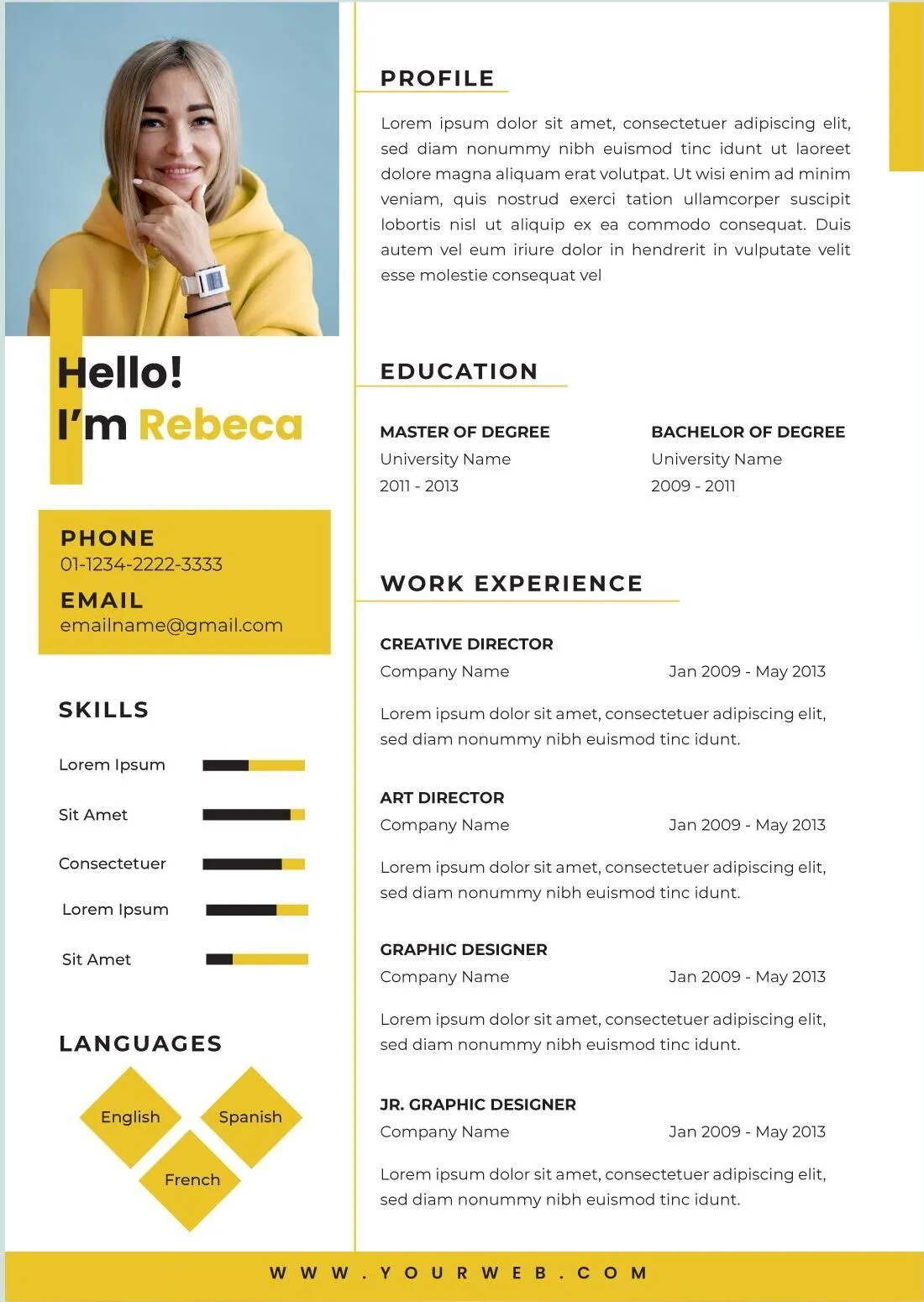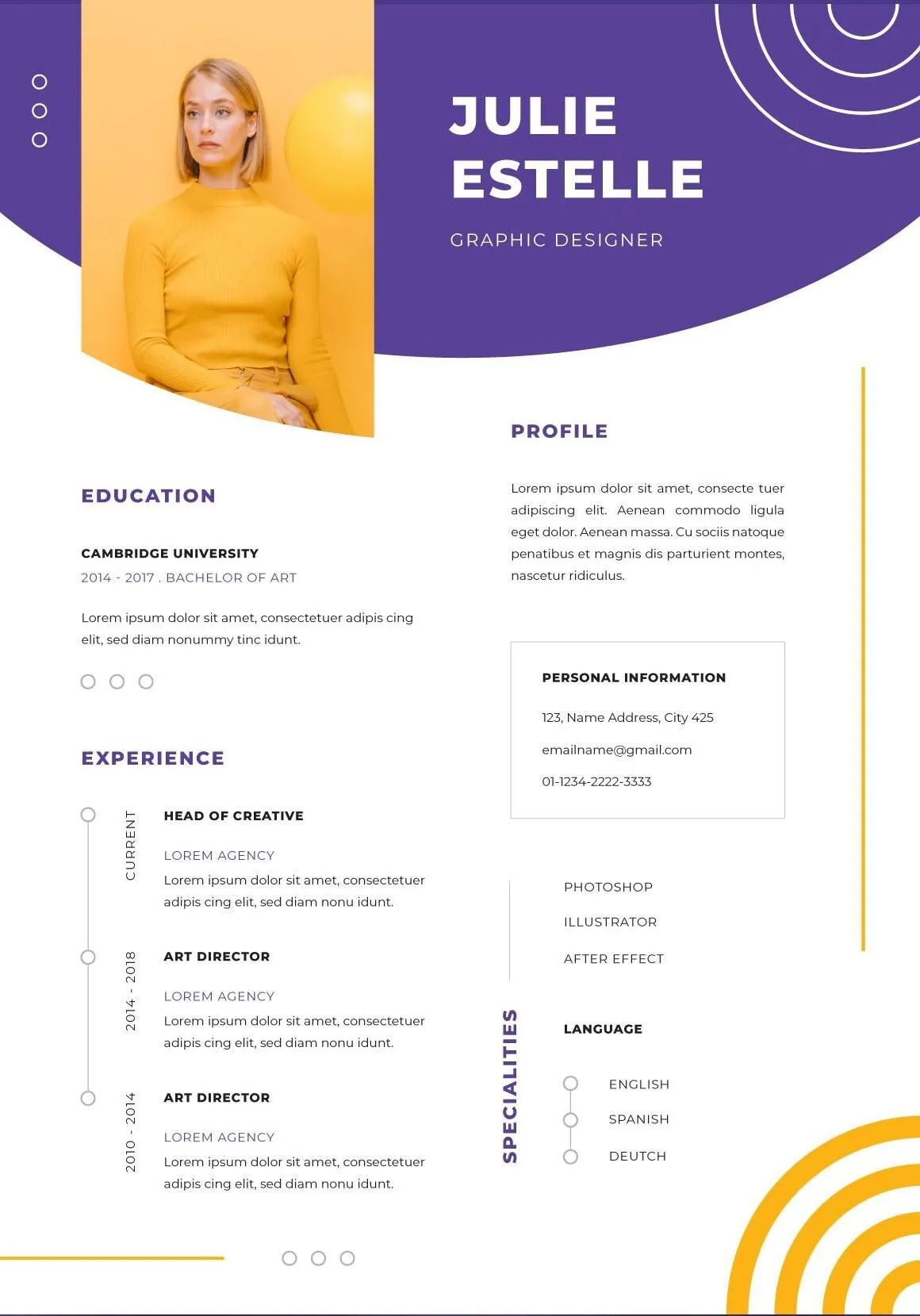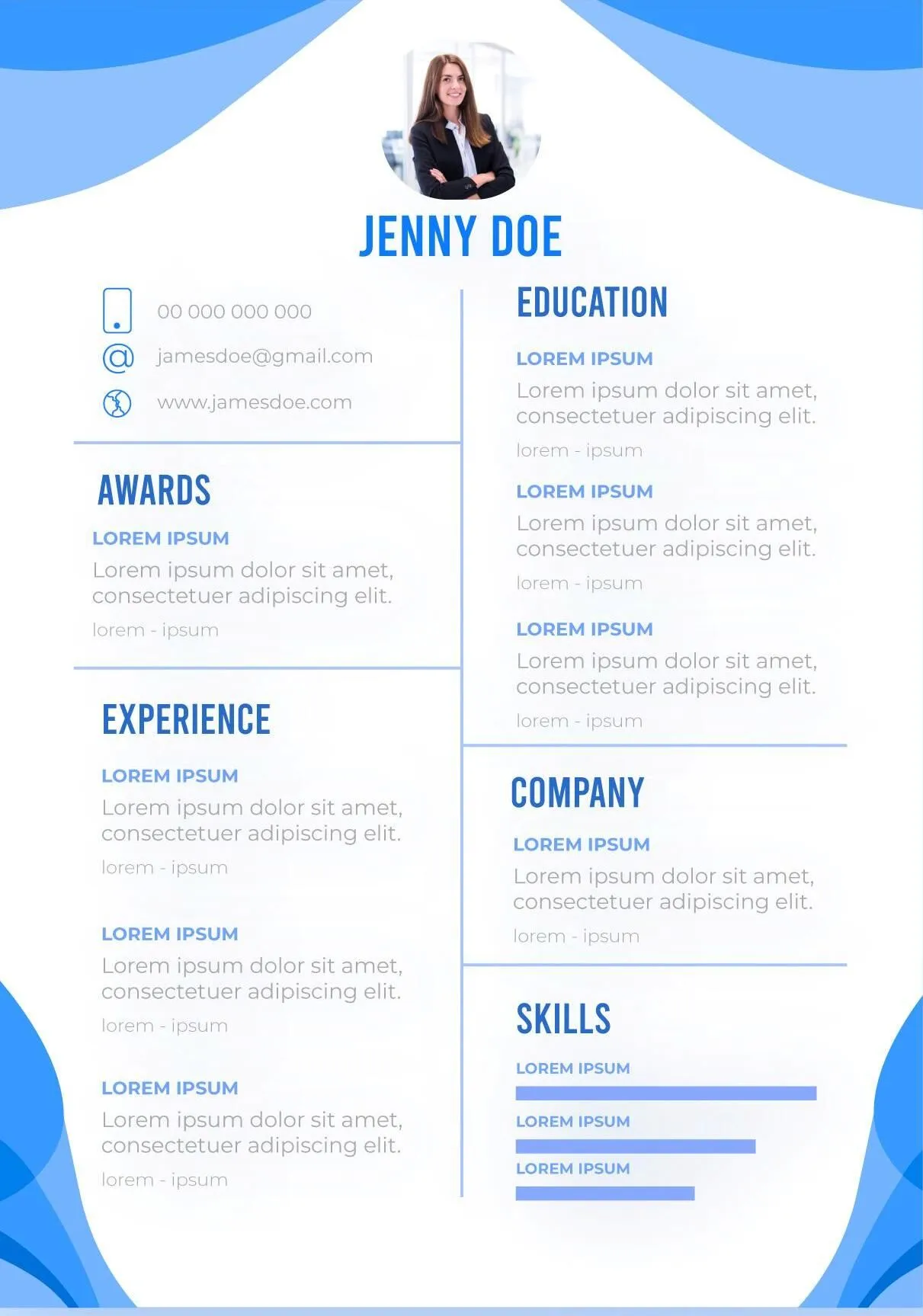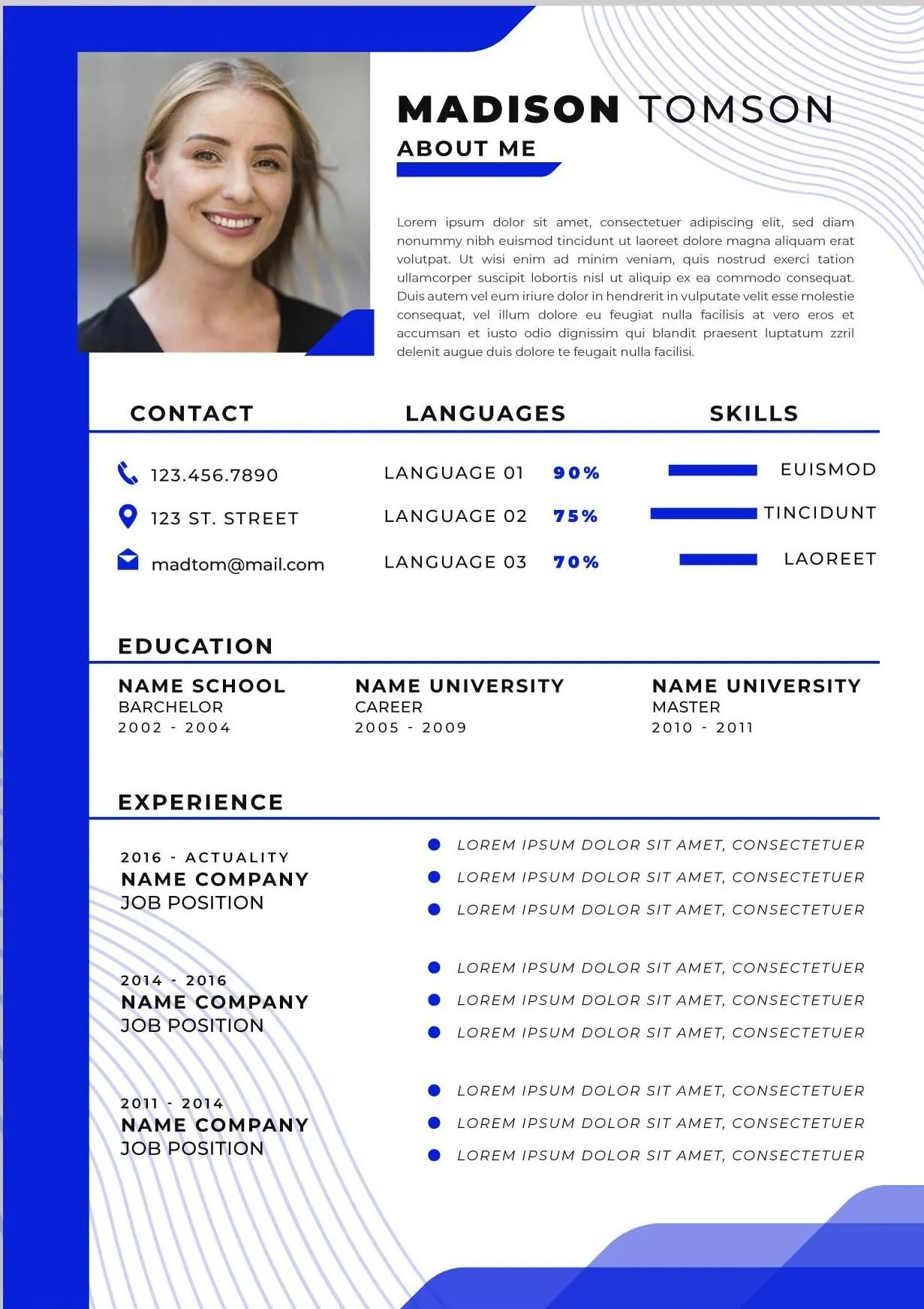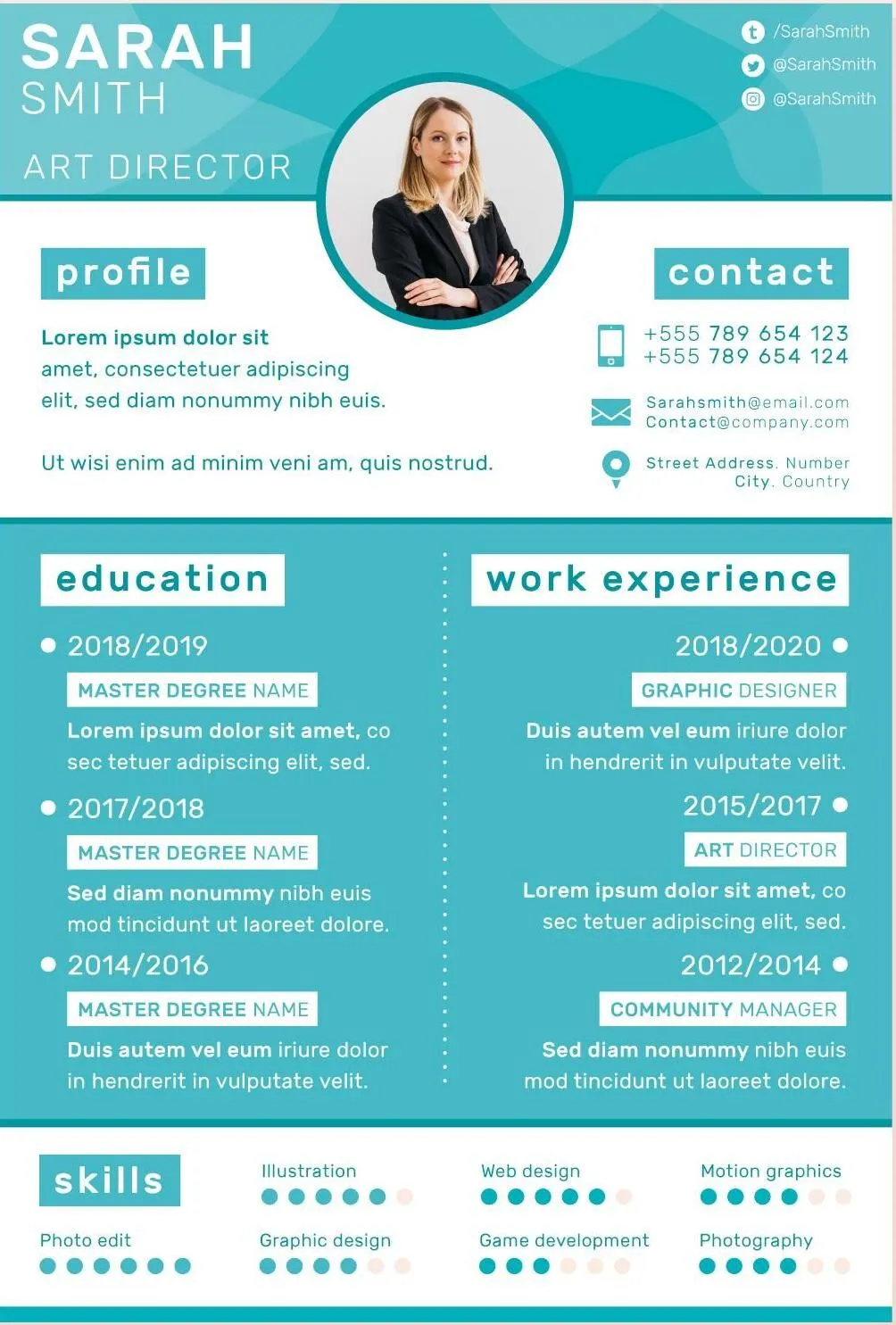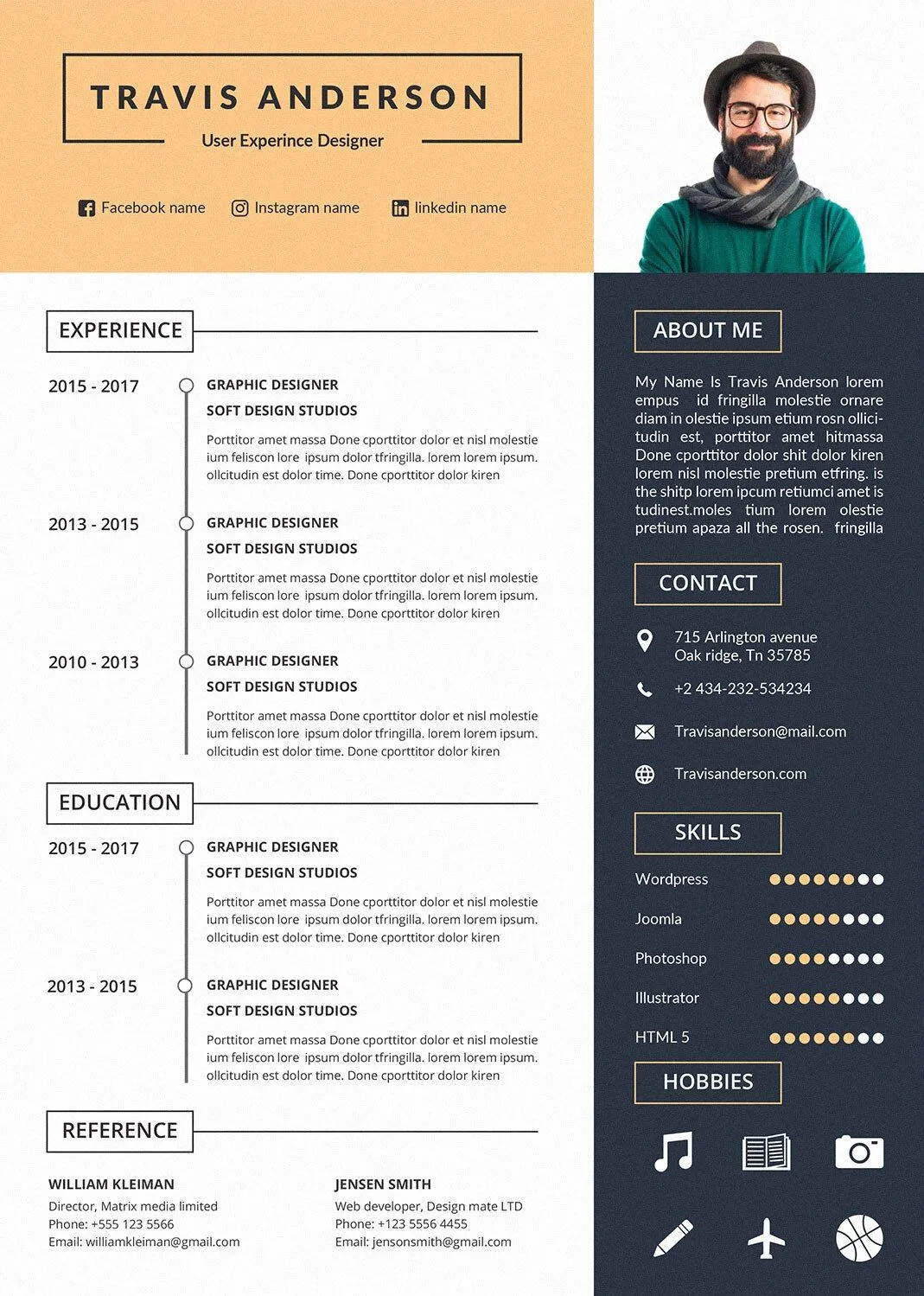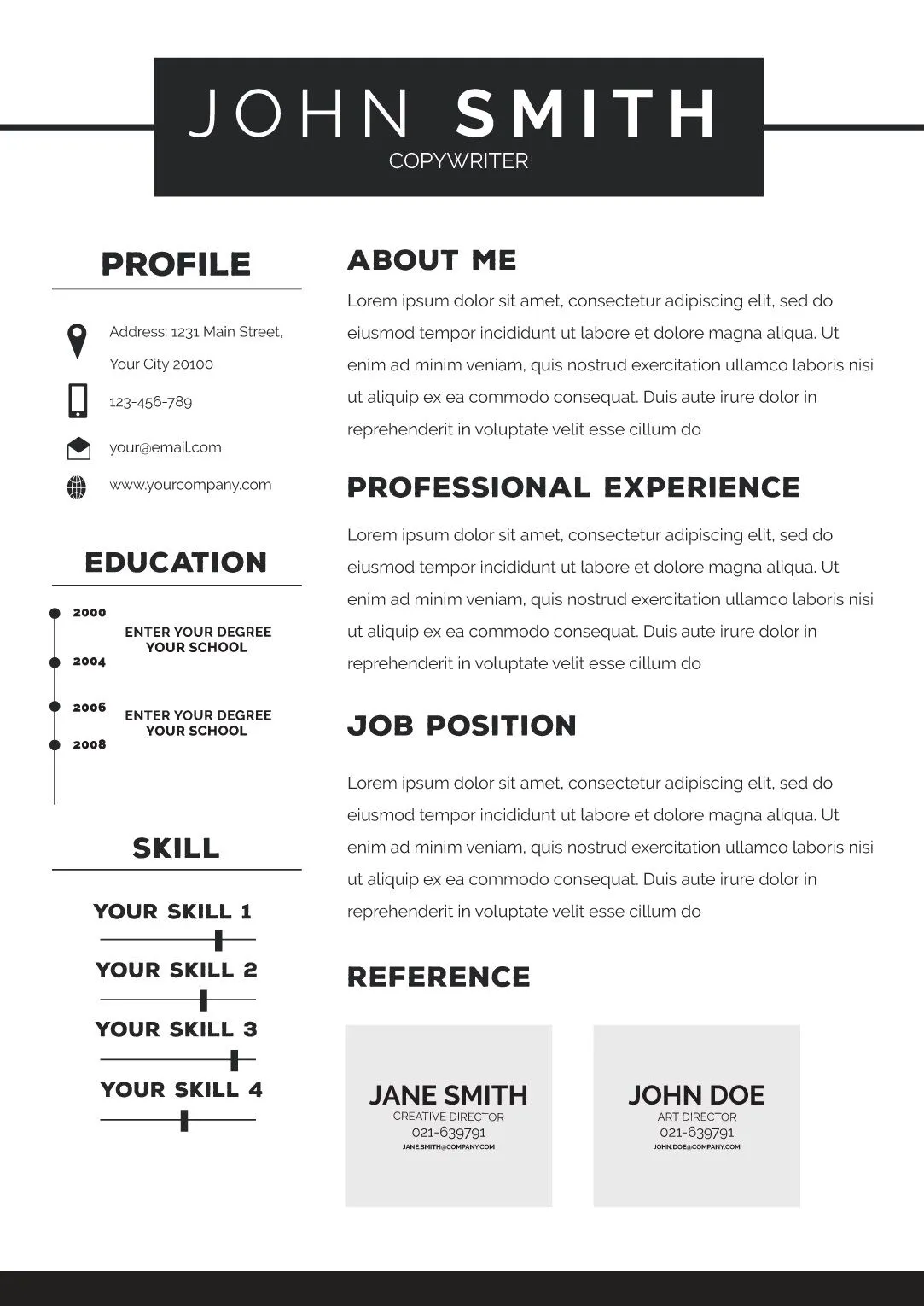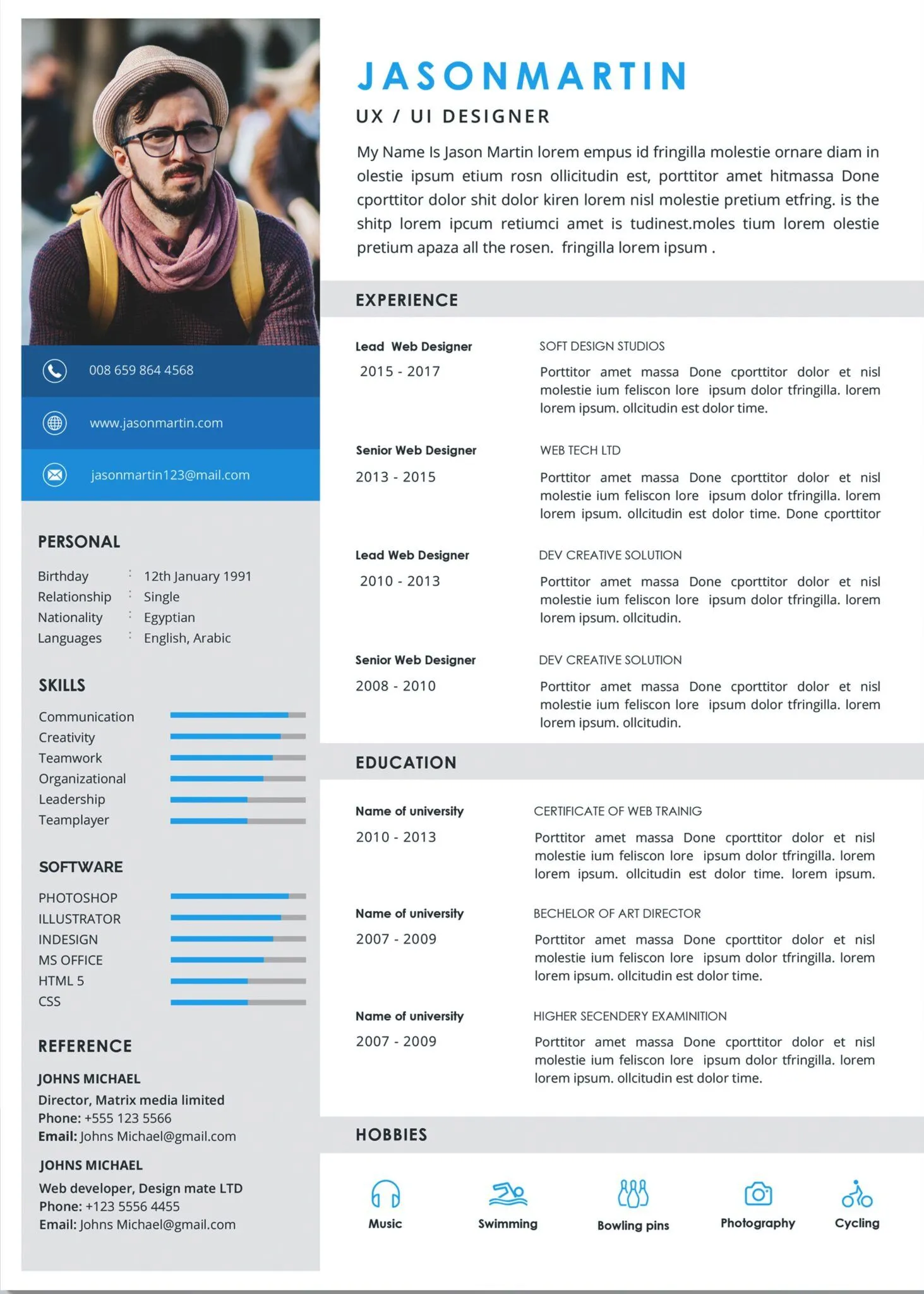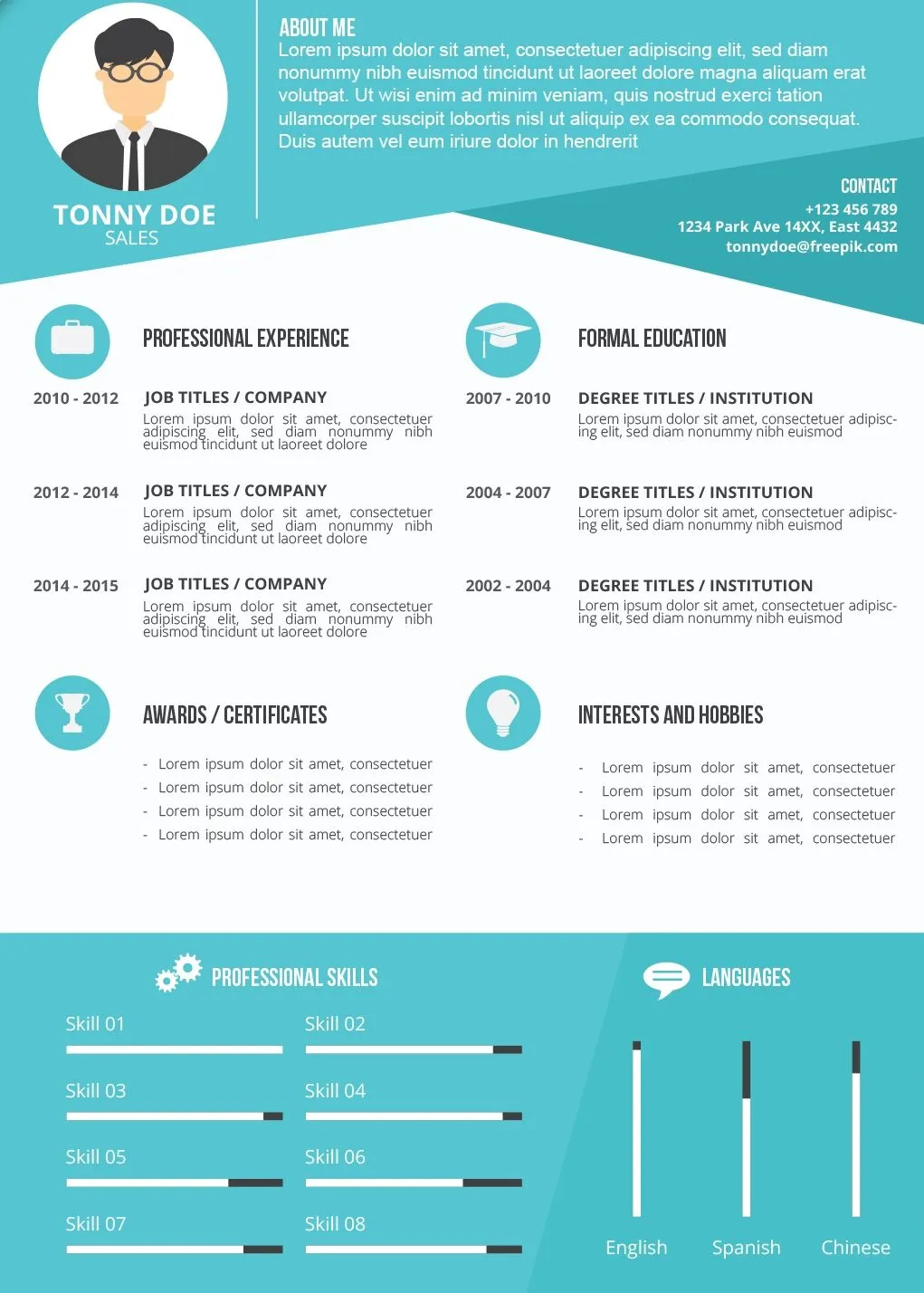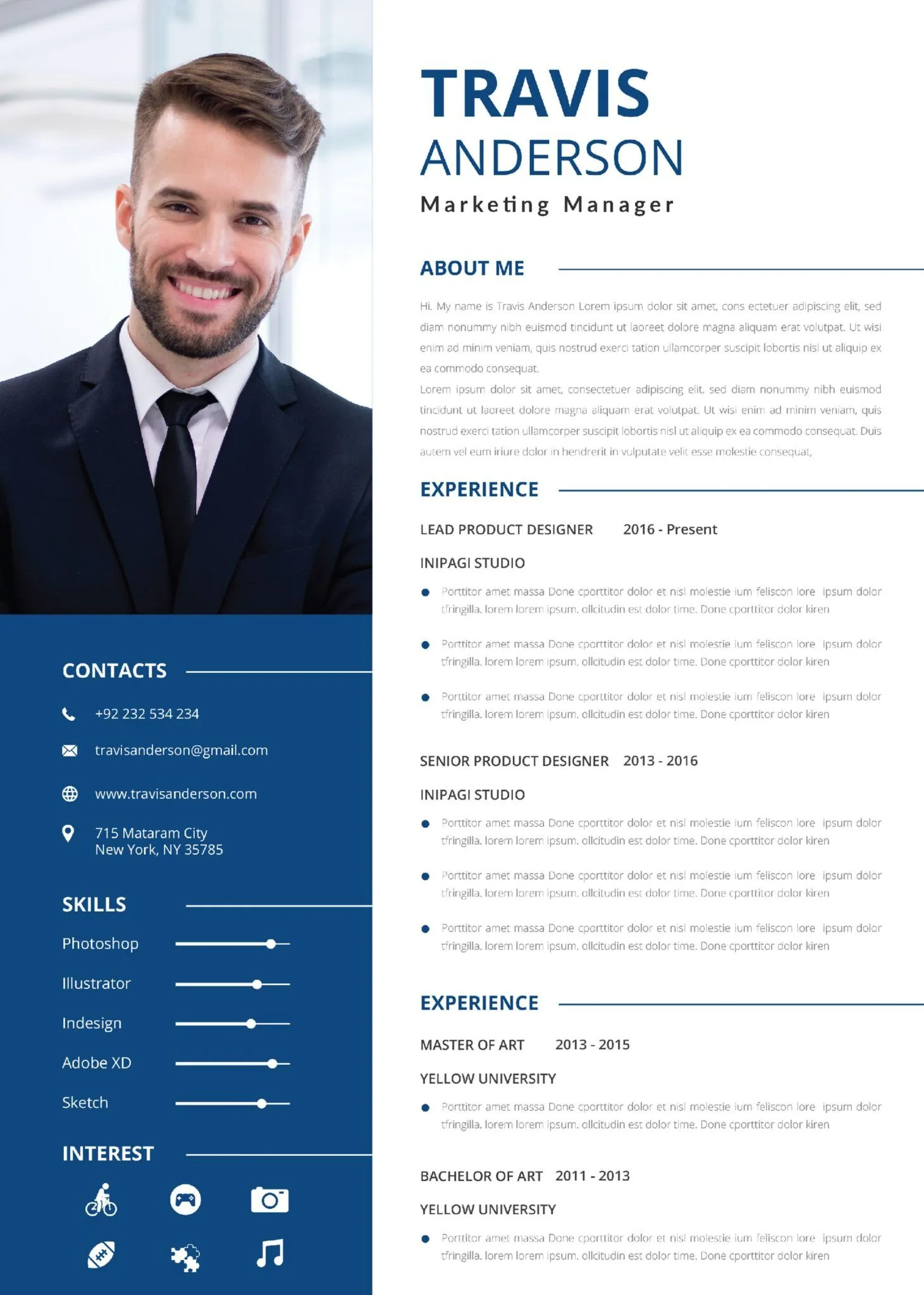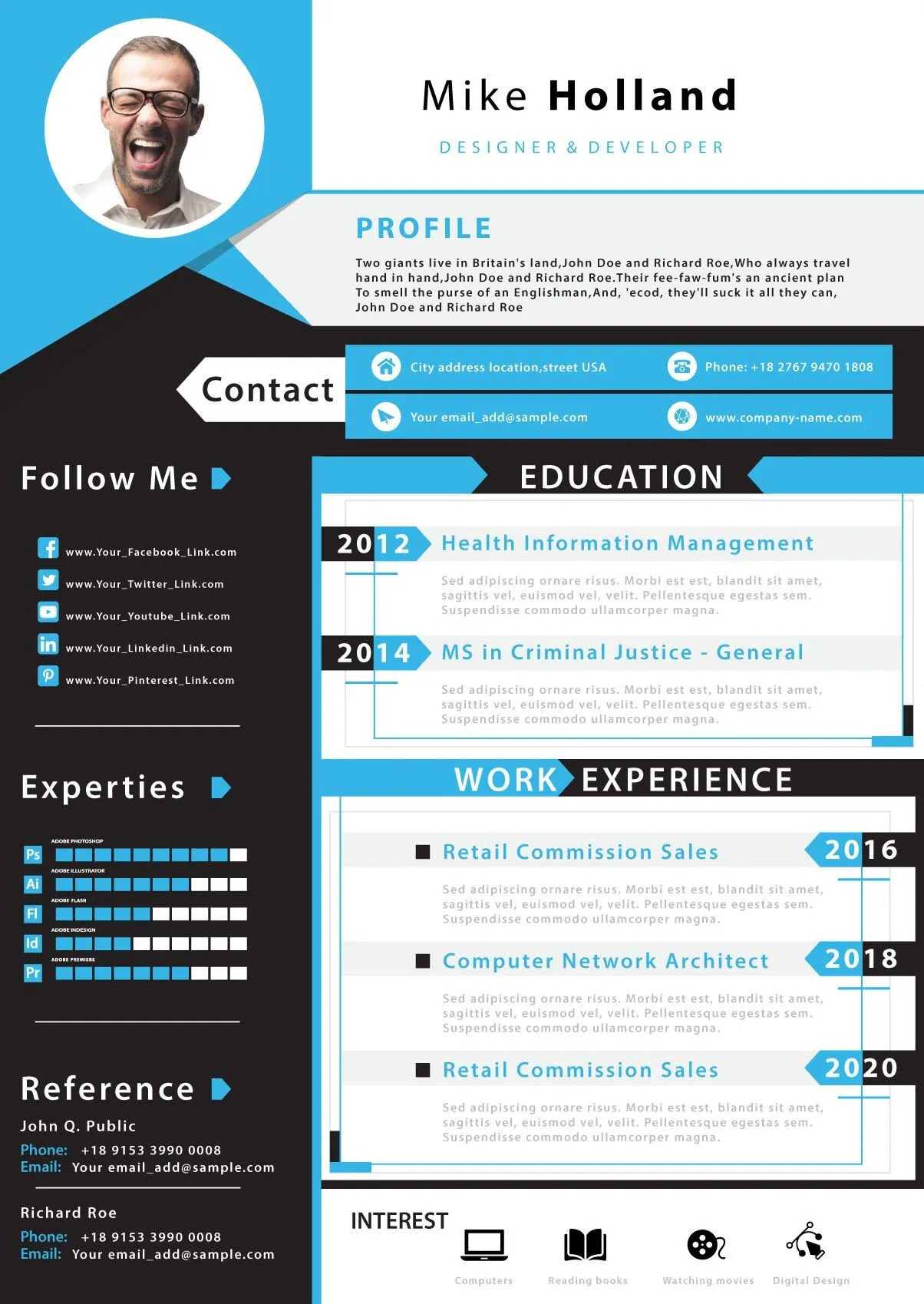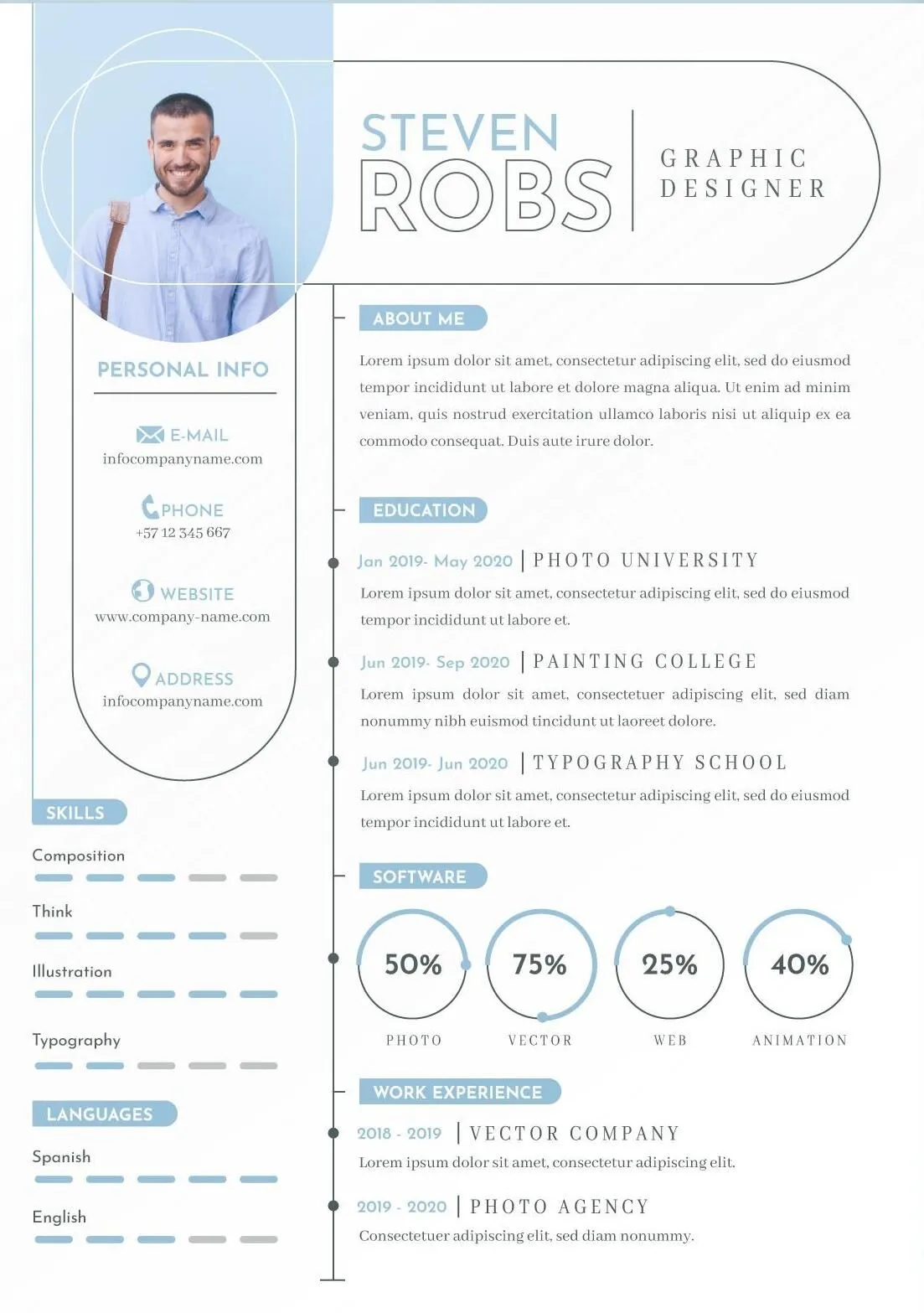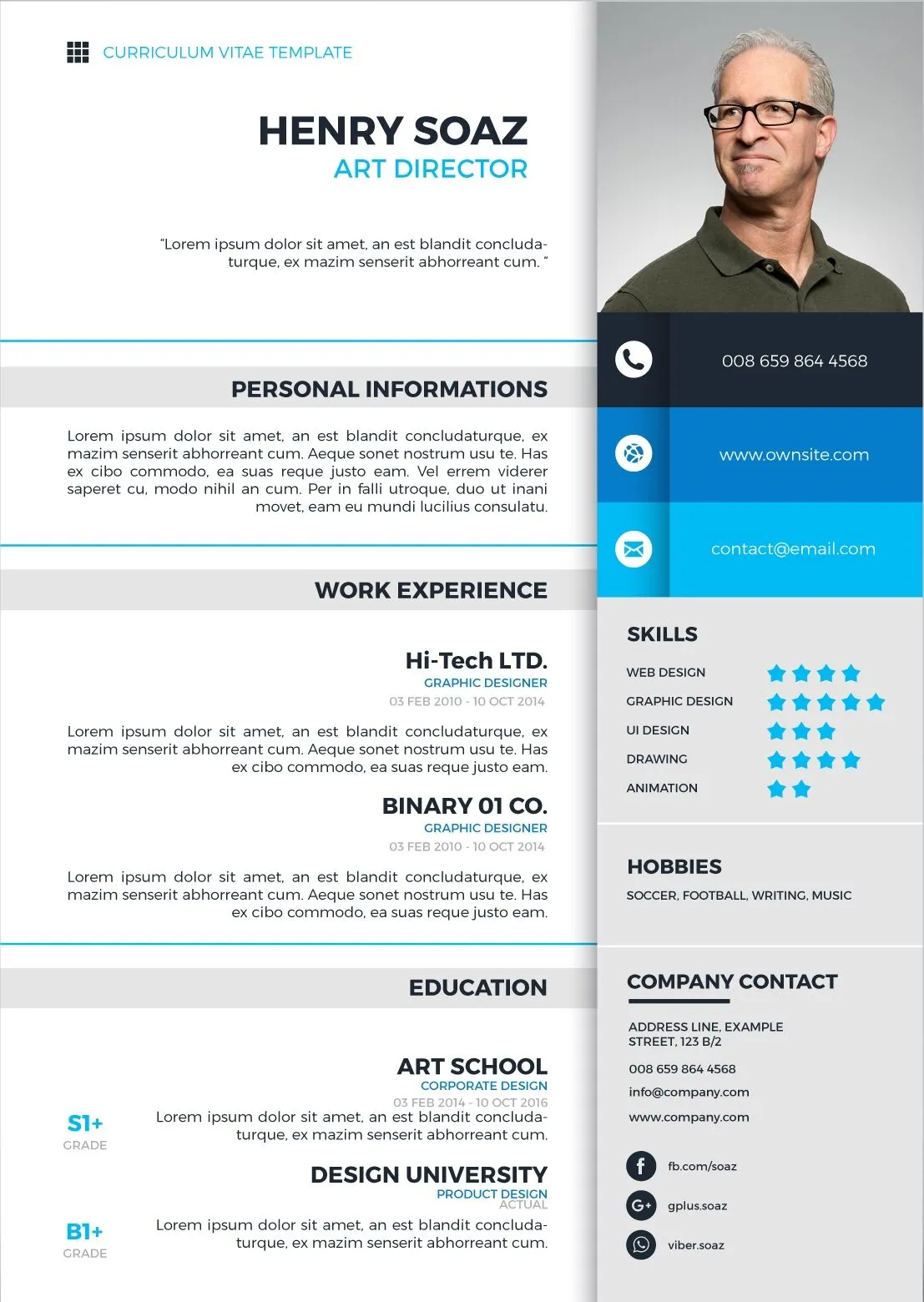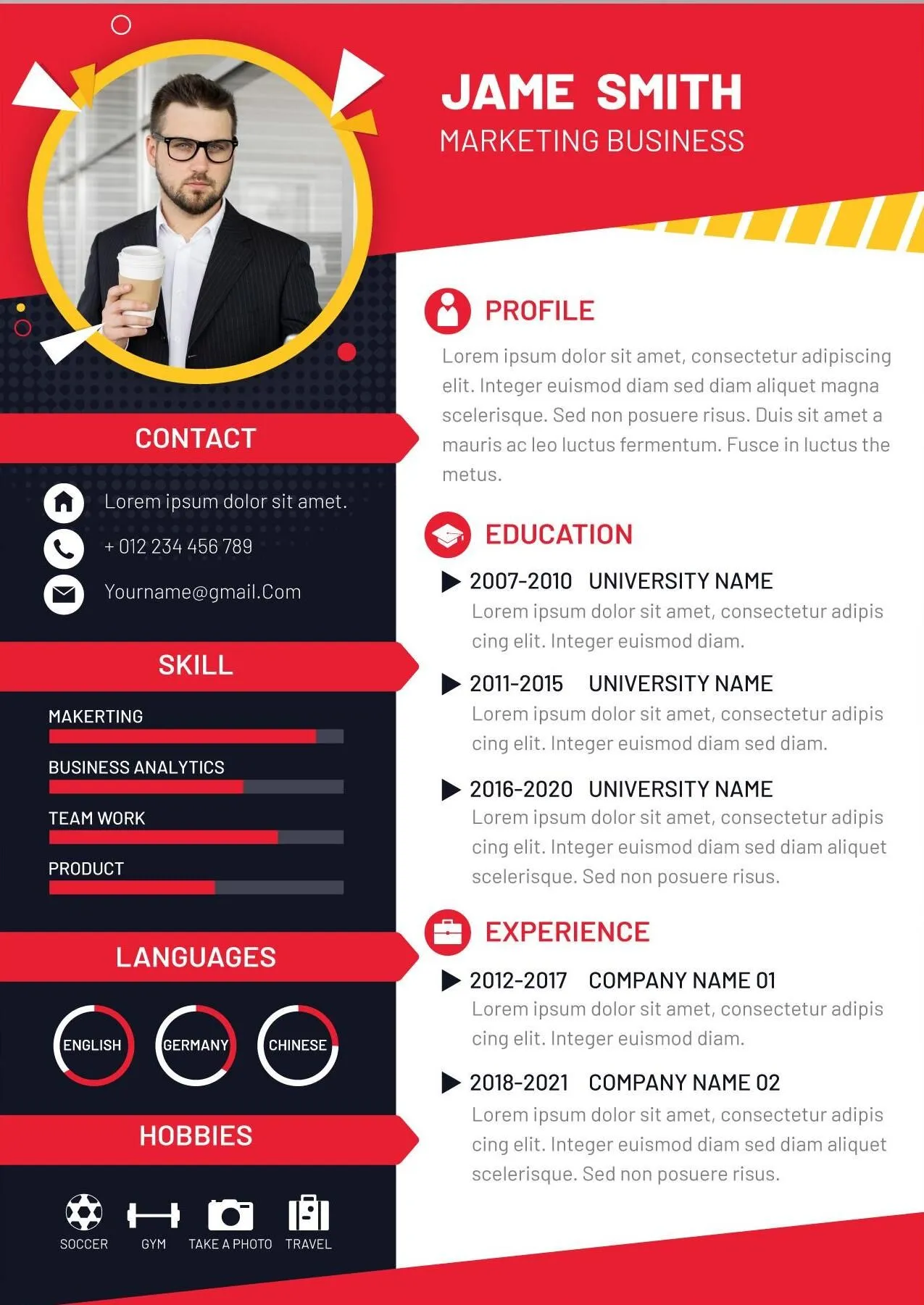
Google Plus
Google+ was a social networking platform developed by Google, offering features for sharing content, connecting with others, and participating in communities. However, Google+ was shut down by Google in April 2019 due to low user engagement and security concerns. As a result, it is no longer available for use.
While Google+ is no longer an active platform, businesses can still leverage other Google services for their online presence and marketing efforts, including:
- Google My Business (GMB): Maintain an updated profile on Google My Business to manage your business information, interact with customers through reviews and messages, and appear in Google Maps and local search results.
- Google Reviews: Encourage satisfied customers to leave reviews on your Google My Business listing to improve your online reputation and visibility in local search results.
- Google Posts: Share updates, offers, and announcements directly on your Google My Business listing through Google Posts to engage with potential customers and drive conversions.
- Google Analytics: Utilize Google Analytics to track website traffic, user behavior, and conversion metrics, gaining insights into the performance of your online properties and marketing campaigns.
- Google Search Console: Monitor your website’s presence in Google search results, identify indexing issues, and receive alerts about potential issues that may affect your site’s visibility and performance.
- Google Ads: Run advertising campaigns on Google Search, Display Network, YouTube, and other Google properties to reach your target audience, drive traffic, and achieve your business goals.
While Google+ is no longer available, businesses can still leverage other Google services and platforms to enhance their online presence, engage with their audience, and achieve their marketing objectives.

















